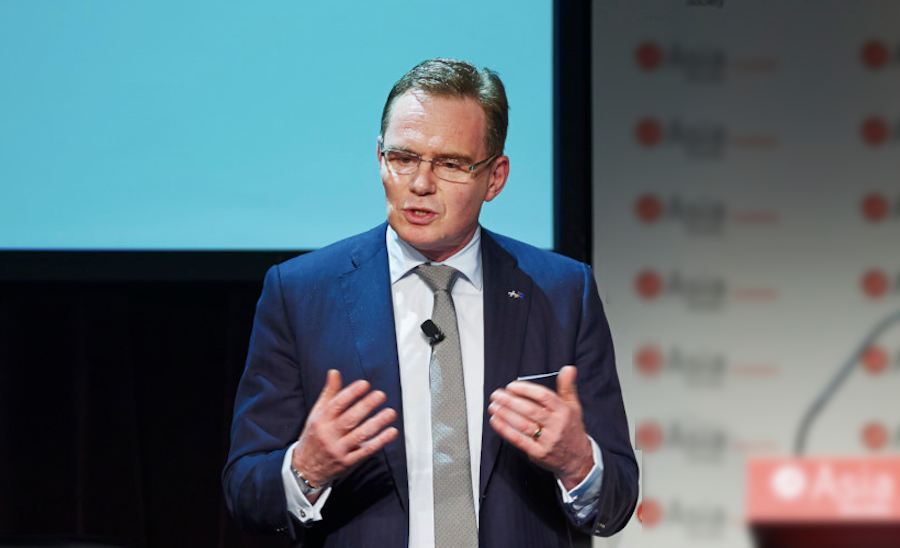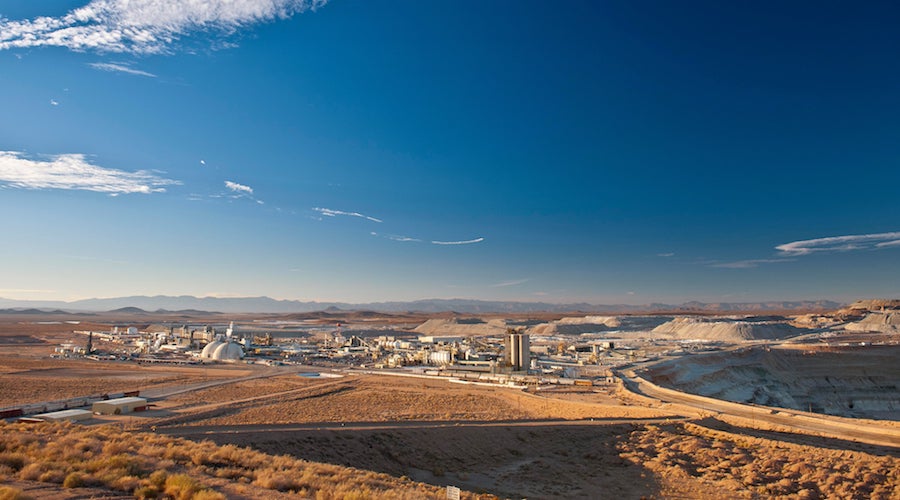BHP’s first-half results missed analysts’ expectations and the shares fell 4.6 percent, on pace for the biggest daily drop since April. The world’s biggest mining company will also canvass other shareholders on the proposal to reorganize as a single company listed in Australia.
While flagging potential risks and costs associated with the New York-based fund’s demands, Chief Executive Officer Andrew Mackenzie pledged to discuss the issue further. He said he’ll probably say more after meeting with Elliott.
The hedge fund, which has been campaigning publicly for a range of changes at BHP for almost a year, this month called on the company to conduct an independent study to review potential benefits of a restructuring. BHP currently operates as two entities based in Melbourne and London.
The company is “open to all sorts of ways in which we can simplify and add value to shareholders including what might lie within the dual listed structure,” Mackenzie told reporters Tuesday on an earnings’ conference call. “However, I would point out that for every study that points to some large prizes, there are other studies that suggest this is a very risky venture indeed.”
Investor response
Creating a unified company, headquartered and incorporated in Australia, with a primary listing in that country and additional listings elsewhere, would cost $391 million, according to a report by FTI Consulting Inc. BHP, which continually reviews the possibility of a simpler structure, sees the costs as likely to be at least $1 billion.
BHP’s top executives will hold meetings with almost all major global investors in coming weeks. “I want to hear from them a bit more about how they’ve reacted to this proposal,” Mackenzie said. Standard Life Aberdeen Plc, the fifth-largest holder of BHP’s London-listed shares, is among investors to have backed the idea of a new study.
“This narrative is not going away,” Peter O’Connor, a Sydney-based analyst at Shaw and Partners Ltd., said in a note. “I suspect that BHP will need to deliver a more considered and quantitative assessment” of the pros and cons of Elliott’s plan, he said.
A move last week by information and events business RELX Group to have a single London-based parent company after 25 years of also having a Dutch owner had proven that it’s possible — though complex — to simplify tricky company structures, according to Mackenzie.
“They were in a similar position to us,” Mackenzie told reporters. “Certain stars had to align, both external and how they work things internally to get a deal that was actually relatively certain without exposing the shareholder to a large downside risk.”
BHP’s underlying profit of about $4.1 billion missed the $4.3 billion average forecast of analysts surveyed by Bloomberg News. The miner also raised its interim dividend payments 38 percent to beat estimates.
Costs were higher than anticipated and BHP disclosed a $496 million hit on operational issues at coal assets and at the Olympic Dam copper mine, RBC Capital Markets analyst Tyler Broda said in a note.
(Written by David Stringer and Rebecca Keenan)
See also:
BHP rebuffs Elliott as first-half profit hits three-year high





Comments